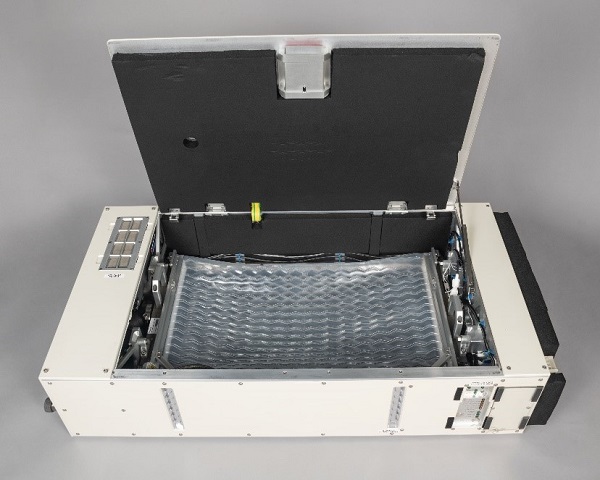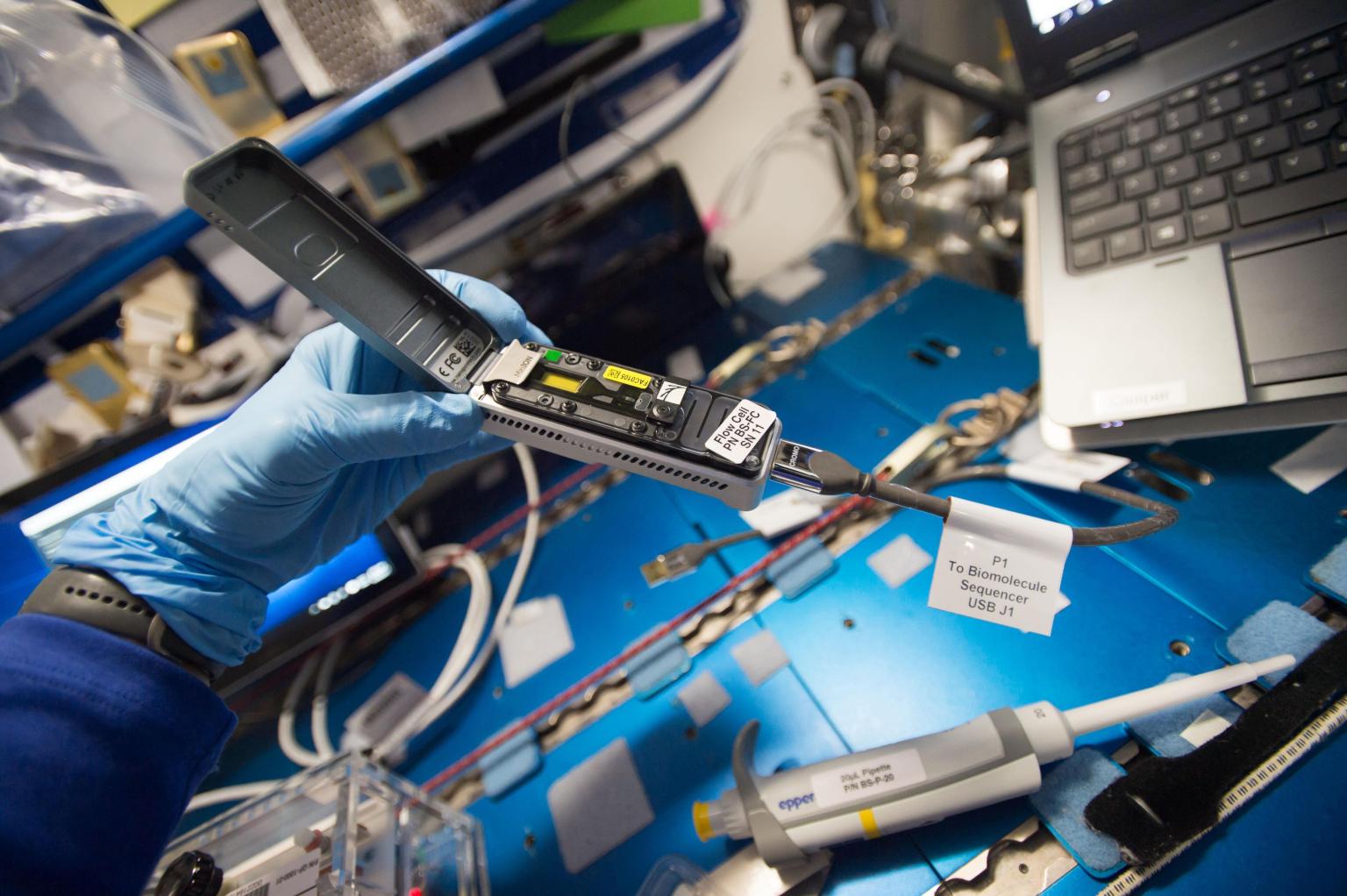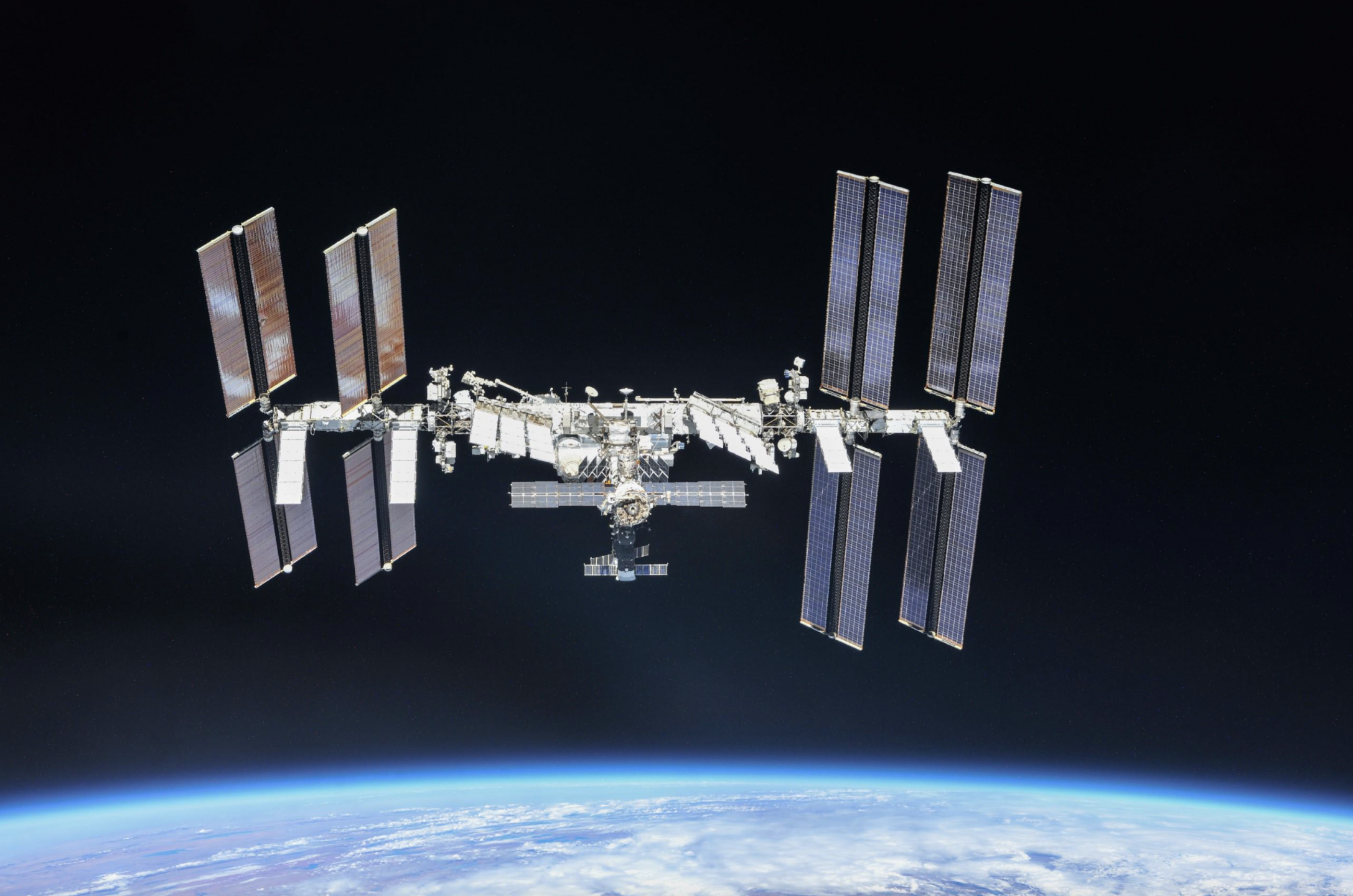More than 3,000 experiments have been conducted aboard the International Space Station during the 21 years humans have been living and working in space. These experiments have provided insights helping improve life back on Earth and explore farther into the solar system. Researchers have shared these results in thousands of scientific publications.
Over the past few months, scientists shared the outcomes of space station studies that could help us recover more water from life support systems, construct Moon bases, grow plants in space, and more.
Here are some of the important new discoveries made and inventions created thanks to space station research and technology demonstrations:
Closing the water loop for exploration
What We Learned: Additional water can be recovered from the brine produced in the Urine Processor Assembly (UPA), part of the station’s environmental control and life support system (ECLSS).
Why It Matters: Future deep space exploration missions will require spacefarers to have a nearly self-contained water system in which they can recover, recycle, and reuse more than 98% of the water loaded aboard their spacecraft from the beginning of their mission. The UPA aboard the space station can achieve close to 94% recovery, but some water remains in the brine waste product after urine is processed, and that water has potential to be recovered. The new Brine Processor Assembly (BPA) is a technology demonstration system that is now recovering that water on station.
The Details: The BPA technology demonstration flew to station aboard the Northrop Grumman Cygnus spacecraft and has now completed five de-watering cycles. Bladders from these operational runs are planned to return to Earth on the SpaceX Dragon capsule and will be analyzed to confirm BPA efficiency. All indications from in-orbit telemetry are that the BPA is functioning as intended.
Mixing cement in space to learn to construct Moon bases
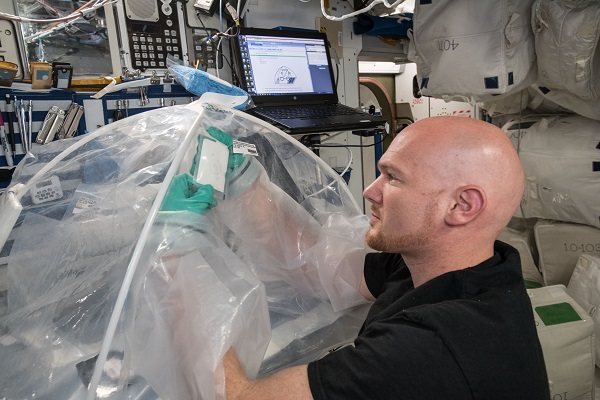
Observations of how cement reacts in space during the hardening process may help engineers better understand its
microstructure and material properties, which could improve cement processing techniques on Earth and lead to the design
of safe, lightweight space habitats.
What We Learned: Cement mixed in space has different properties than cement mixed on Earth. Using simulated lunar soil to inform how to construct structures on the Moon looks promising.
Why it matters: Now that researchers know those properties, they are more prepared to create materials that are better construction tools in space.
The Details: Lunar regolith simulant (JSC-1A), mock lunar soil that emulates the properties of material from the Moon, has been used to create metals, glasses, and cement on Earth. The Microgravity Investigation of Cement Solidification (MICS) study conducted aboard the International Space Station recently published results examining JSC-1A for its potential use as a lunar construction material. Researchers found a fine portion of lunar soil simulant can be used as a cement supplement, a coarse portion can be used as filler, and that mixing the lunar regolith simulant, cement, and water results in a hardy mortar. These results indicate it might be feasible to use lunar dust as a material for building lunar bases. The Redwire Regolith Print study launched aboard the Northrop Grumman Cygnus on its 16th commercial resupply services mission builds on these results, using JSC-1A to see if regolith can be used for 3D printing to study the feasibility of printing structures on the Moon or Mars.
The MICS study also investigated the effect of microgravity on the reaction that occurs when cement and water are mixed together. Results recently published in ScienceDirect showed that the cement mixed in space had a microstructure marked by long lines and more trapped air than cement created on Earth. By learning this aboard the space station, scientists can better anticipate the strength of cement structures in space, and the results will contribute to the development of new materials for the construction of extraterrestrial habitats.
A new way to grow plants in space
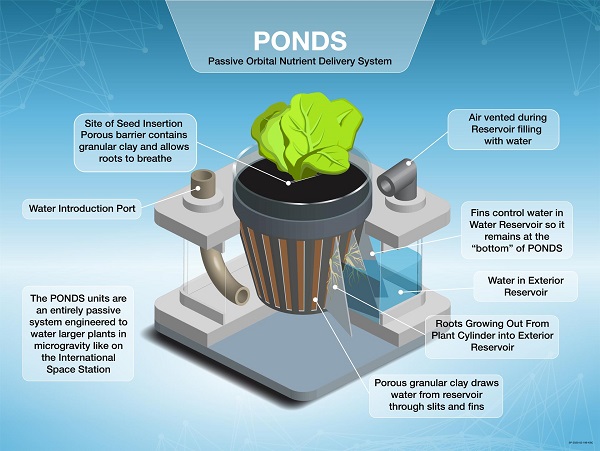
entirely passive system – meaning no electricity, no pumps and no moving parts – and the basic concept involves using a
free-standing reservoir of water that plants can draw from when needed, cutting down on time astronauts would spend
watering plants during the growth interval.
What We Learned: A newly patented system tested aboard station can provide plants water and nutrients they need to grow in space without the use of electricity.
Why It Matters: On future deep space missions, astronauts could use this method to grow fresh vegetables to supplement their packaged diet.
The Details: The Passive Orbital Nutrient Delivery System (PONDS) is a newly patented plant growth approach that was tested aboard the space station to water plants both in Earth’s gravity and microgravity. The system provides reliable water delivery to seeds, transports water from a reservoir, and provides nutrients and aeration to roots. PONDS is passive, meaning it operates with no electricity, no pumps and no moving parts. On future deep space missions, astronauts could use this method to grow fresh vegetables to supplement their diet as they venture deeper into space.
Communicating back home
What We Learned: A successful technology demonstration aboard the space station verified a communications technique that could enable larger amounts of data to be transmitted much faster between space and Earth.
Why It Matters: This promising test demonstrated a new technology that could be used for faster data transmission to Earth and could support deep space mission communications.
The Details: SOLISS, a small Japan Aerospace Exploration Agency (JAXA) communication terminal attached to the space station, was tested for its laser pointing accuracy. The SOLISS team published their results detailing how they succeeded in establishing a bidirectional optical Ethernet link between low-Earth orbit and the ground. This technology transmits information faster than ever before, potentially supporting Earth’s needs while supplying needed capabilities as humans travel farther from Earth.
Studying effects of space radiation on fertility
What We Learned: Space radiation did not affect mouse sperm DNA or its fertility and yielded normal offspring on Earth with the same success rate as ground controls.
Why It Matters: Sustaining life beyond Earth either on space stations or other planets requires a clear understanding of how the space environment affects mammalian fertility. Before this experiment, only non-mammalian reproductivity had been studied in space.
The Details: The Space Pup experiment sent mouse sperm samples to the International Space Station and returned the samples to Earth at different times, first at nine months, then two years and nine months, and finally after 5 years and 10 months (the longest time period any samples have been preserved in station biological research). The intent was to determine the effects of space radiation on DNA mutations. New results published in Science Advances from the experiment indicate that space radiation did not affect mouse sperm DNA or fertility and yielded normal offspring on Earth with the same success rate as ground controls.





























